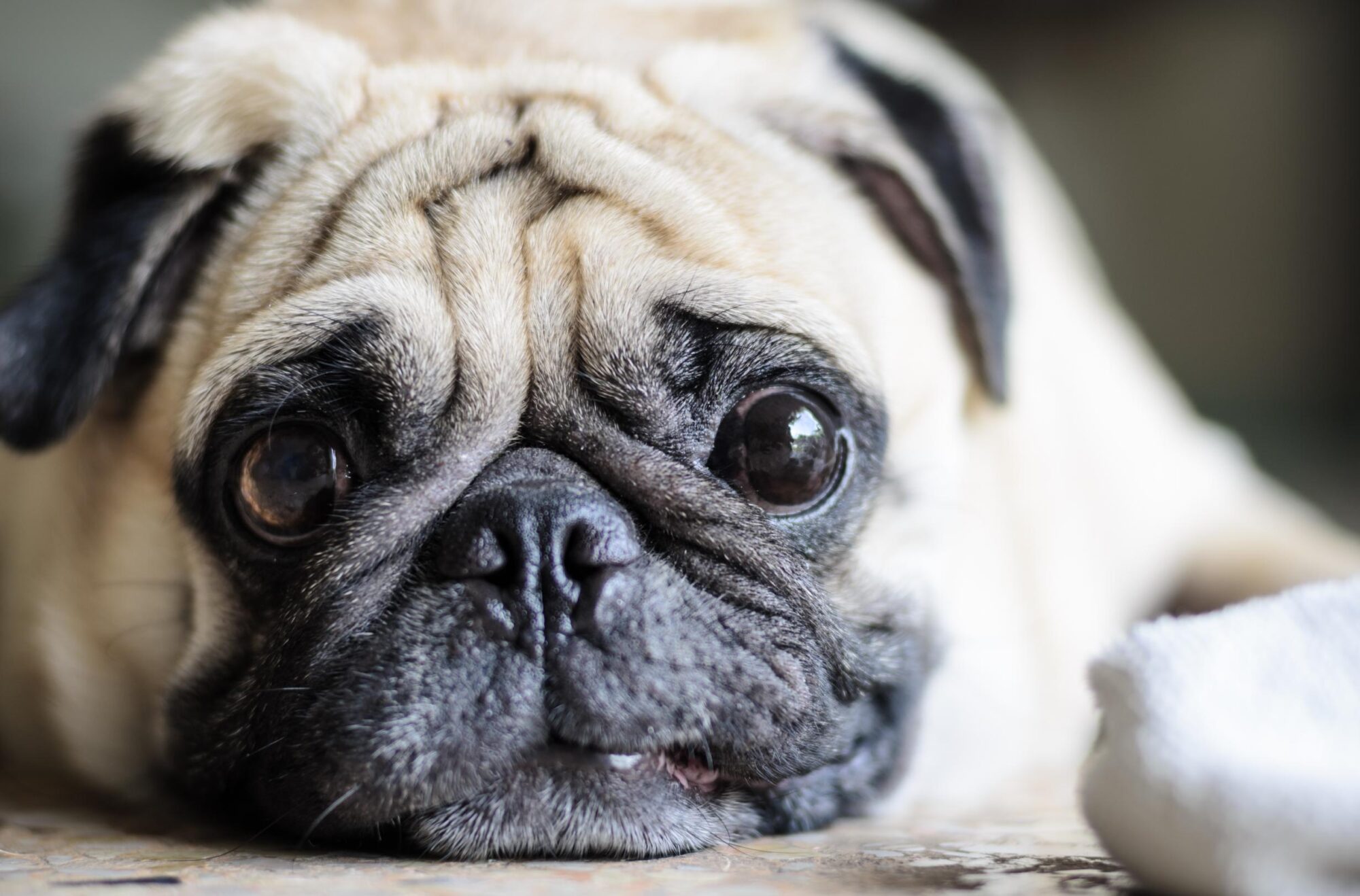Blog
Understanding and Treating Dog Acne

Just like us, dogs acne. Yes. A close look at your dog’s chin or muzzle may reveal tiny red bumps. While this can be worrisome at first glance, dog acne, an inflammatory disorder affecting the skin on the muzzle and lips, is typically mild. However, because some cases can lead to swelling, bleeding, and permanent scarring, it’s necessary to have the signs of dog acne examined, tested, and treated.
What Causes Dog Pimples?
Dog acne is caused by a combination of factors, such as:
Sebum Production
Dogs produce more sebum (oil) than humans, which can clog pores and lead to inflammation.
Bacteria
Propionibacterium acnes, a bacterium that is also present in human acne, is a primary cause of dog acne.
Hair Follicles
Dead skin cells and sebum can accumulate in hair follicles, causing them to become blocked.
Trauma
Rubbing, scratching, or licking the face can damage the skin.
Hormonal Changes
Fluctuating hormone levels, such as during puberty or pregnancy, can increase sebum production.
Allergies
Allergies to food, pollen, or other environmental factors can trigger the inflammation.
Affected Breeds
While all dogs can develop dog acne, the following breeds are commonly affected:
- English bulldogs
- Boxers
- Great Danes
- Mastiffs
- Rottweilers
- Doberman pinschers
- German shorthair pointers
- Weimaraner
Symptoms include:
- Swelling of the skin around the muzzle and the lips
- Noticeable pimples on the face, chin and lips
- Rubbing or scratching of the face
- Obvious skin lesions
- Pus
- Bleeding
Treatment Options
Every case is different. Prescription antibiotics, topical or oral steroids, and/or antifungals can effectively treat symptoms.
It is important to maintain and uphold good hygiene with hypo-allergenic shampoos. Dog face wipes can reduce oil buildup and remove dirt.
Switch plastic food/water bowls to stainless steel. Wash blankets and bedding weekly, and note other symptoms of food/environmental allergies.
We encourage you to call us at (210) 696-1700 with any questions about dog acne. Our doctors and staff are always here to help at Ten West Bird and Animal Hospital.
